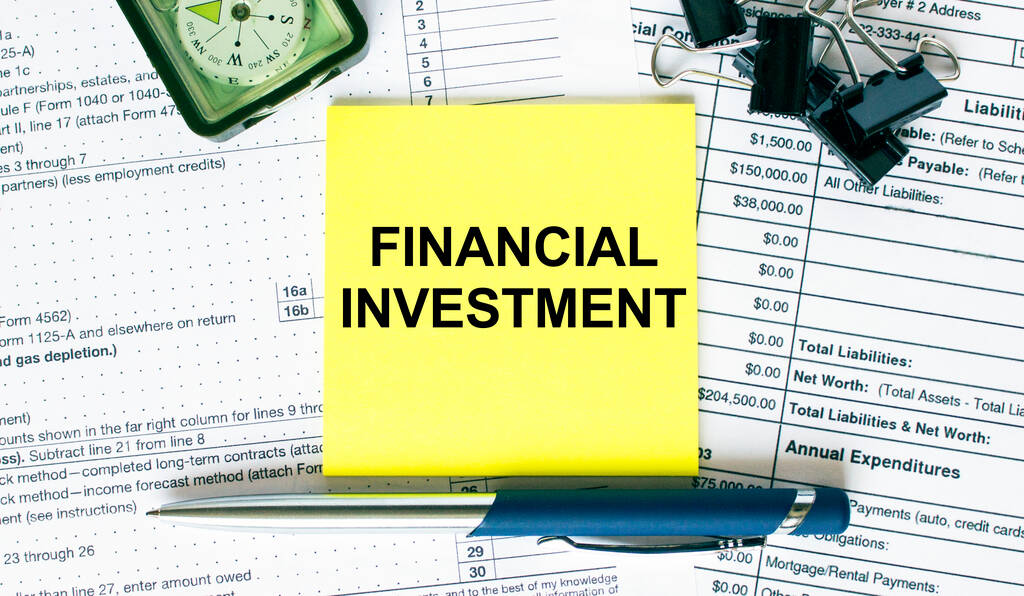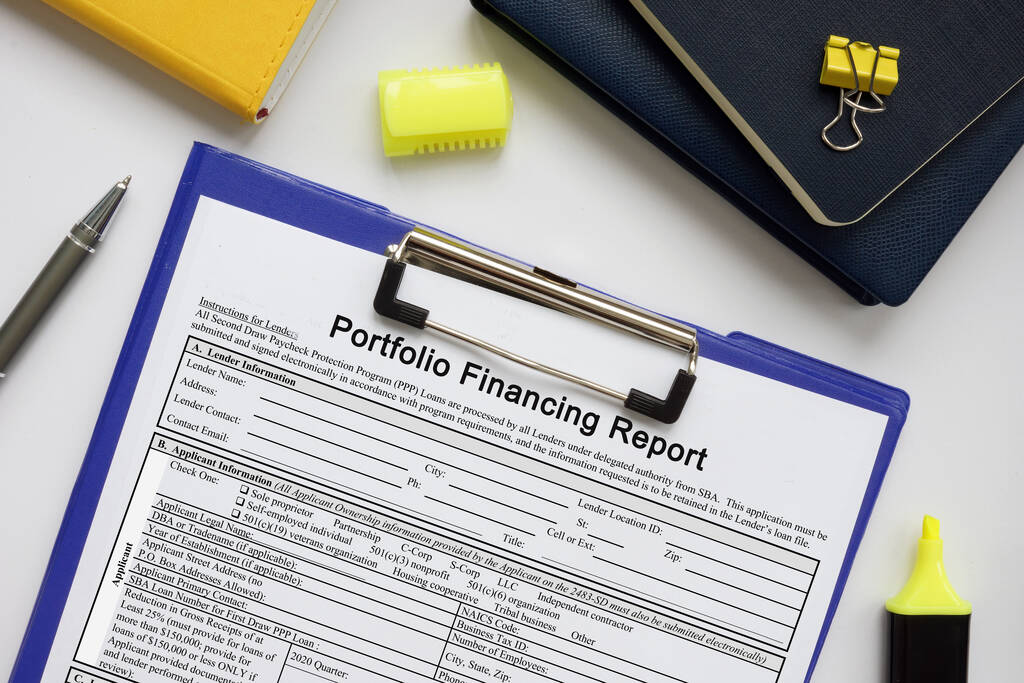Investing in real estate can be a lucrative venture, but navigating the complex world of taxes can be daunting. However, there is a powerful tool available to real estate investors known as the 1031 exchange. This provision, named after Section 1031 of the Internal Revenue Code, allows investors to defer capital gains taxes on the sale of investment properties by reinvesting the proceeds into like-kind property.

In this article, we will delve into the intricacies of 1031 exchanges, exploring their benefits, requirements, and the process involved.
A 1031 exchange, also known as a like-kind exchange or a tax-deferred exchange, is a transaction that allows real estate investors to defer capital gains taxes that would typically be owed upon the sale of an investment property. The fundamental principle behind a 1031 exchange is that the property being sold (relinquished property) and the property being acquired (replacement property) must be of a “like-kind.” This means that they must be of the same nature, character, or class, regardless of differences in quality or grade.
One of the primary benefits of a 1031 exchange is the ability to defer the payment of capital gains taxes. By reinvesting the proceeds from the sale into a like-kind property, investors can defer the taxes and potentially use the funds to acquire a more valuable or better-performing property. This provides investors with a significant advantage by allowing them to keep more of their money working for them.

While the concept of a 1031 exchange may sound appealing, there are specific requirements and eligibility criteria that investors must meet to qualify for this tax-deferred treatment. Here are some important considerations:
- Qualified Use: Both the relinquished property and the replacement property must be held for productive use in a trade or business or for investment purposes. Personal-use properties, such as primary residences or vacation homes, do not qualify for 1031 exchanges.
- Like-Kind Property: As mentioned earlier, the properties involved in the exchange must be of a like-kind. However, the definition of like-kind is quite broad regarding real estate. For example, an investor can exchange a residential property for a commercial property or vacant land for a rental property.
- Identification and Timelines: To execute a successful 1031 exchange, the investor must identify potential replacement properties within 45 days of the sale of the relinquished property. Additionally, the investor must complete the exchange by acquiring the replacement property within 180 days.
- Qualified Intermediary: An investor must work with a qualified intermediary (QI) to facilitate the exchange. The QI holds the funds from the sale of the relinquished property and ensures that the business adheres to the strict guidelines set forth by the IRS.
Learn more at Wiki as well.
